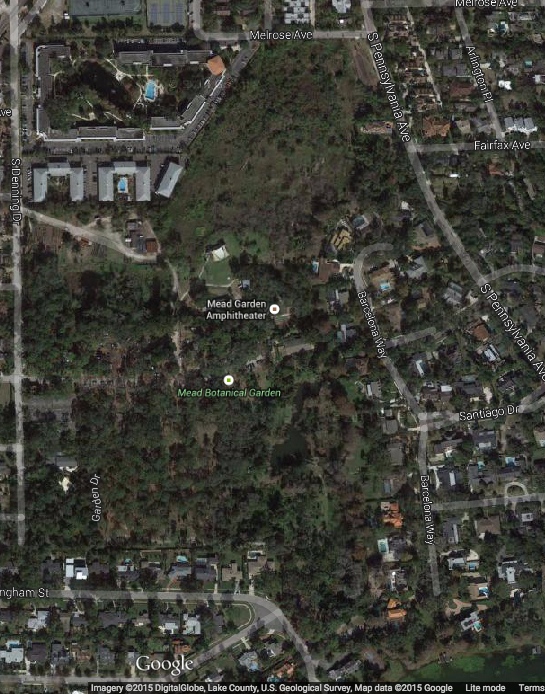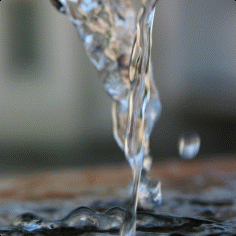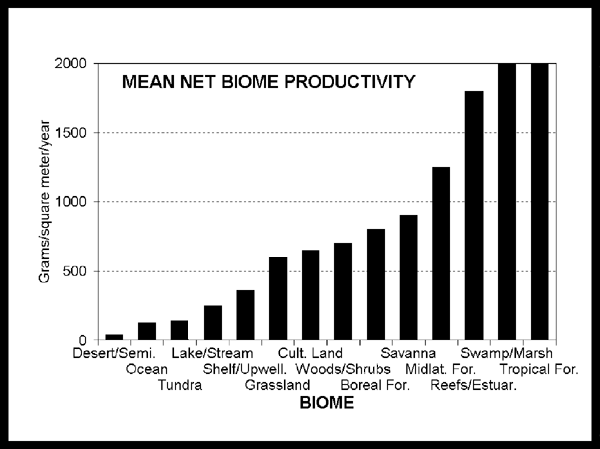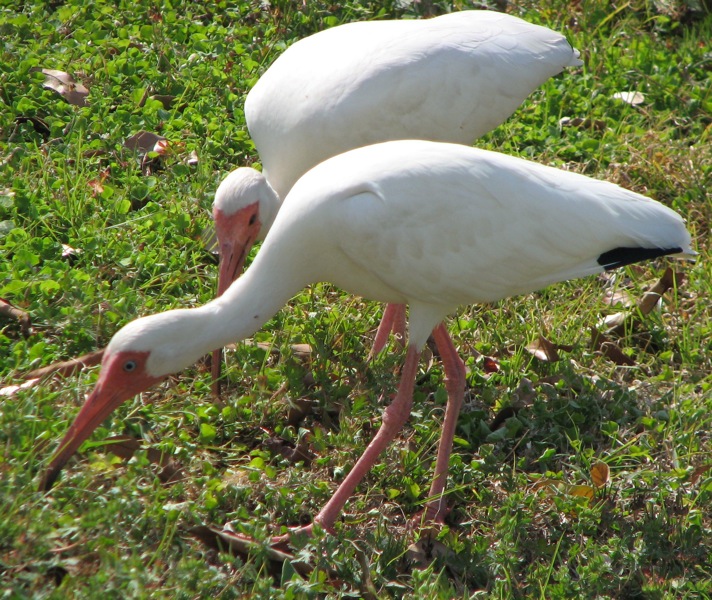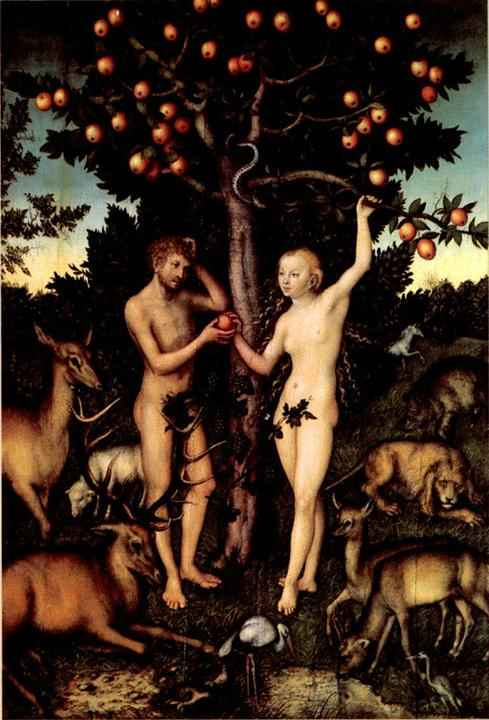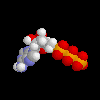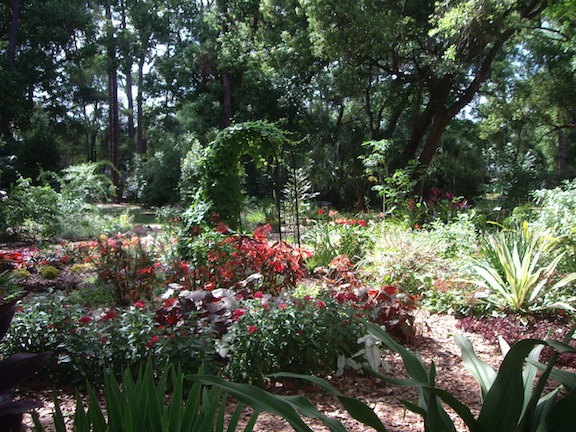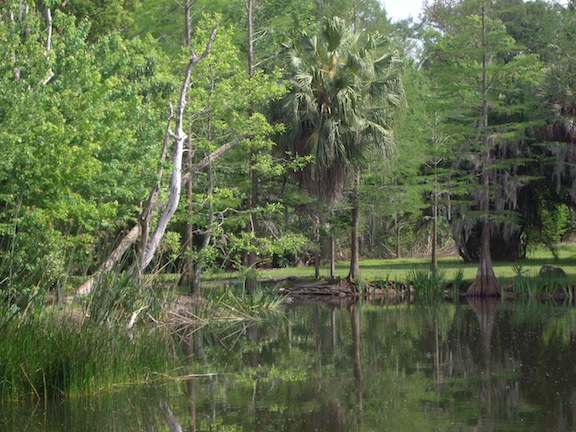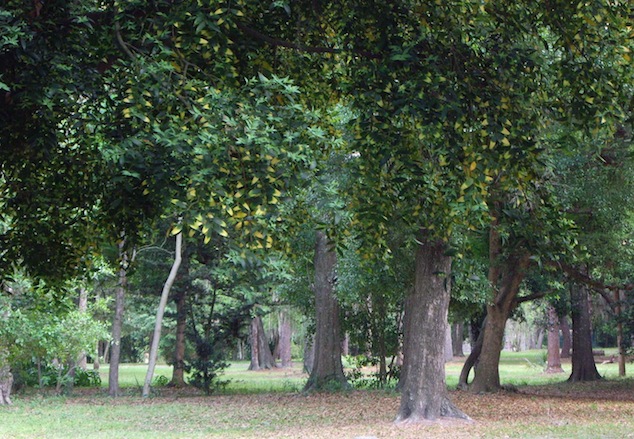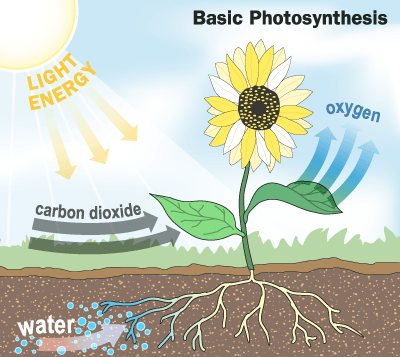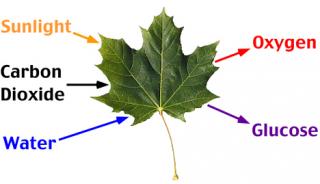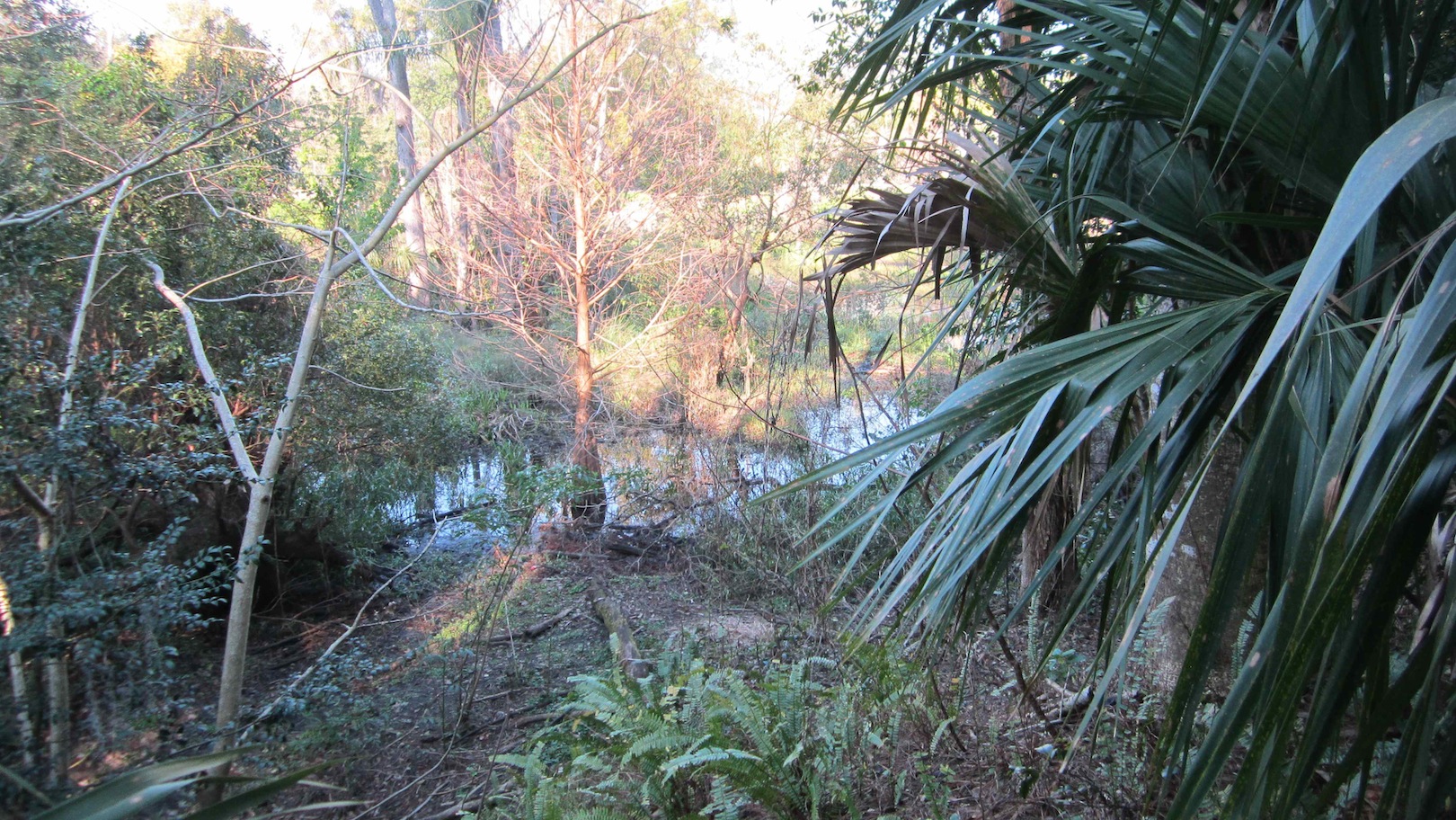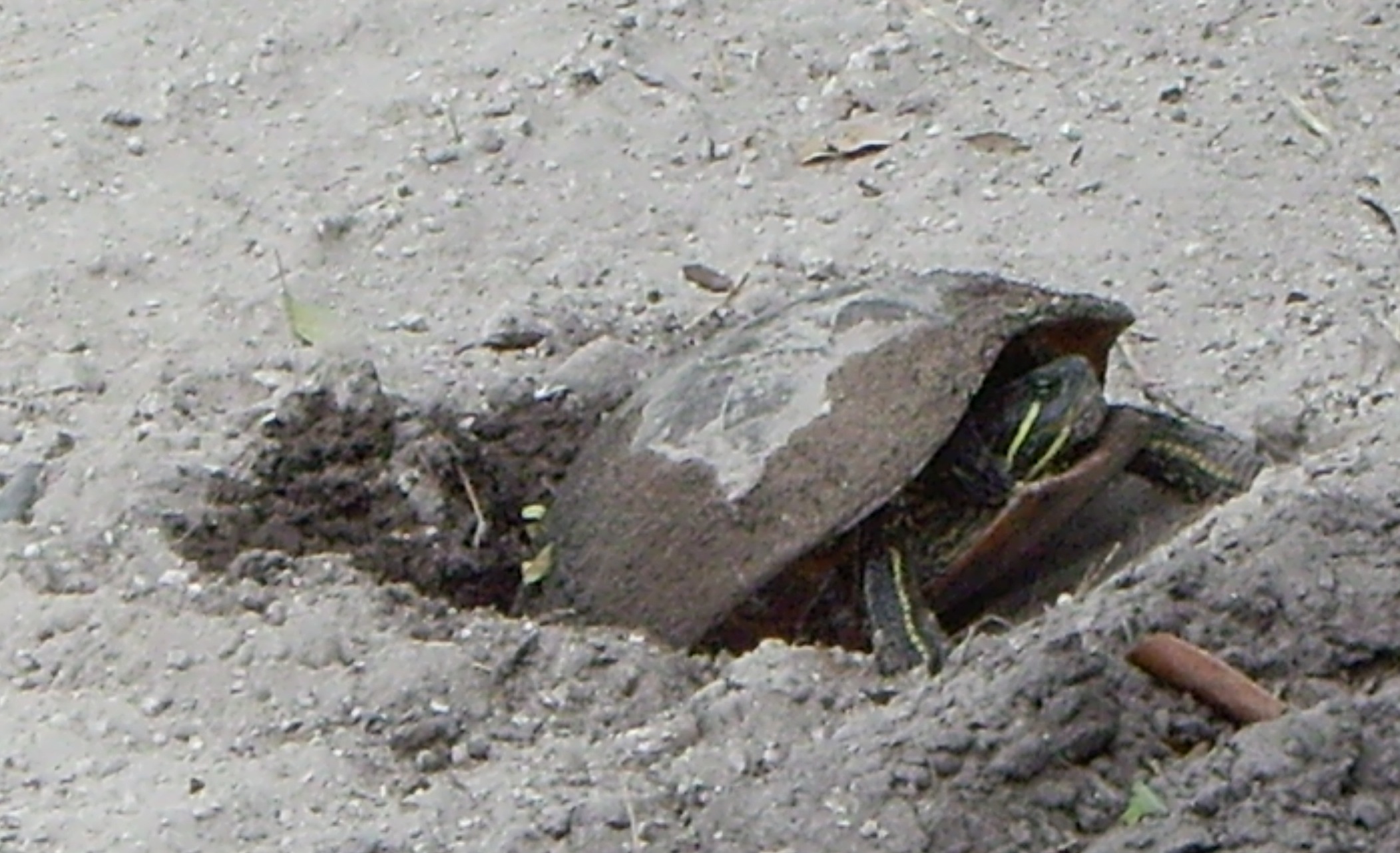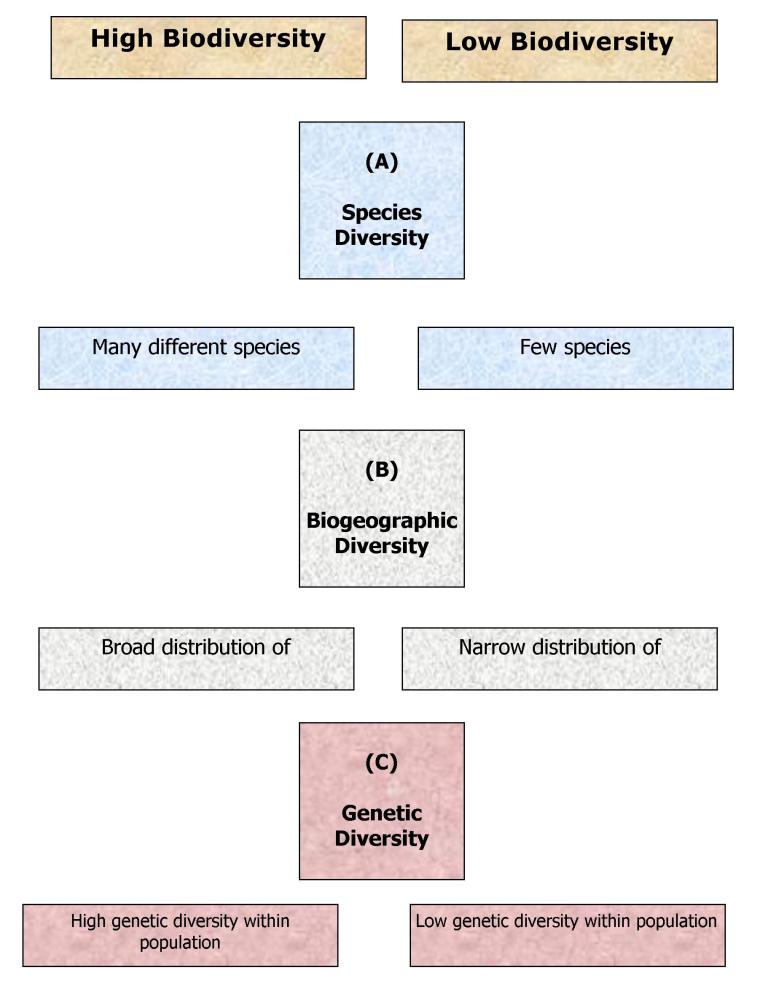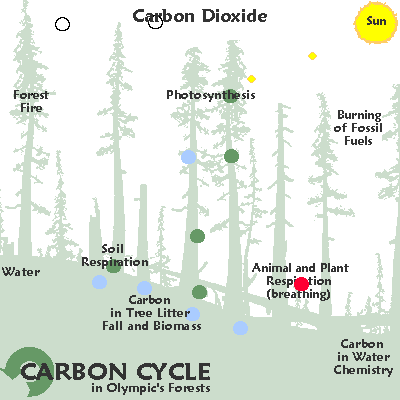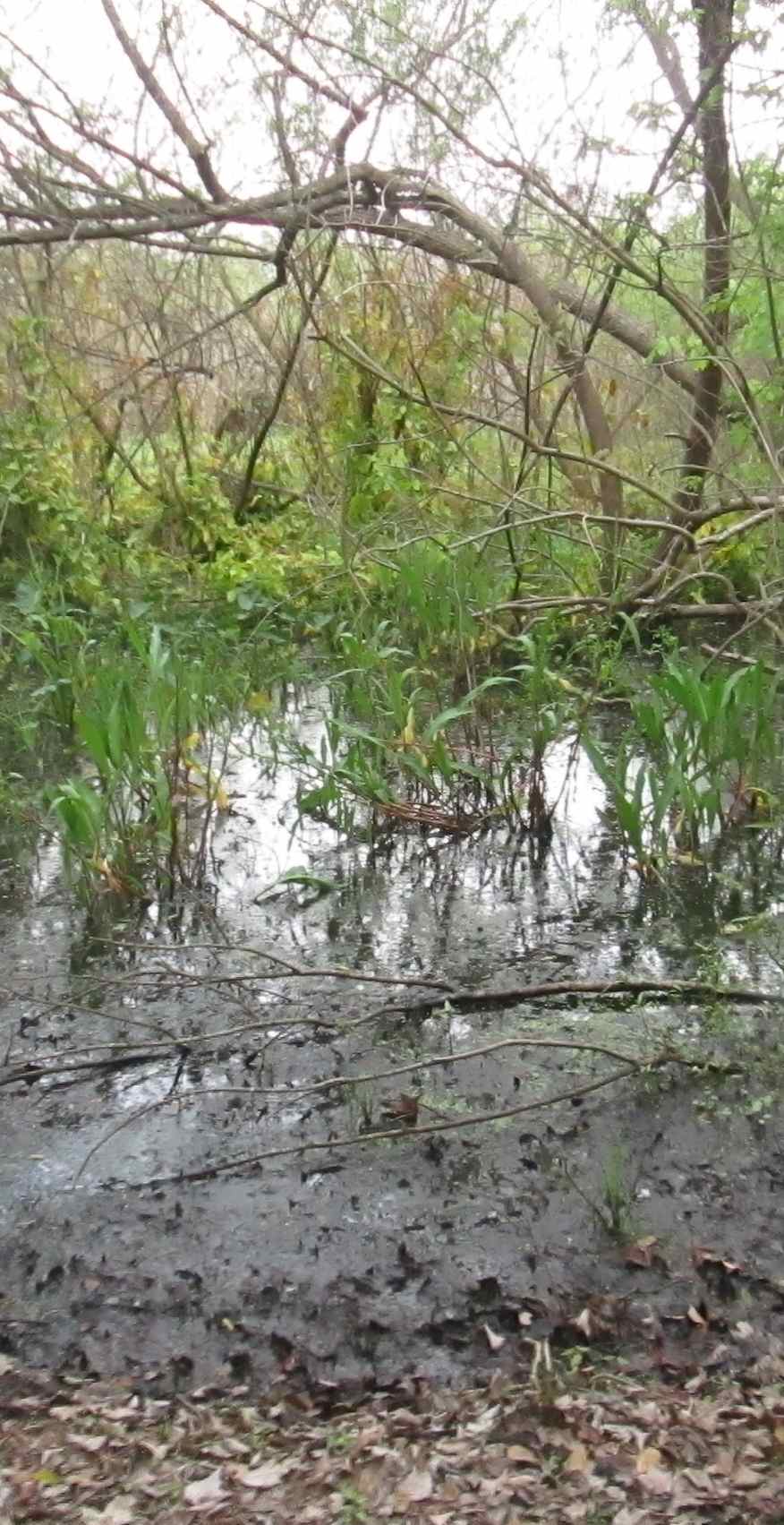Mead Botanical Garden
Mead Botanical Gardens
1500 South Denning Drive
Winter Park, Florida 32789
Restoration & Interpretation Project:
Mead environmental science learning laboratory
Clearing the Air 
The many botanical collections set aside during World War Two are the sources of inspiration and materials that are today's Mead Botanical Garden. These forty two acres of native and introduced species adorning this woodland and wetland set beside a stream that links two large lakes is a breath of fresh air in a sea of suburban sameness.
There is no better place to learn about the world that brought us all into existence and holds steady the dwindling life of our part of the planet.
Riparian woodland beside Alice's Pond in the garden's heart.
“The soil, water, and atmosphere of its surface have evolved over hundreds of millions of years to their present condition by the activity of the biosphere, a stupendously complex layer of living creatures whose activities are locked together in precise but tenuous global cycles of energy and transformed organic matter.”
Edward O. Wilson
E. O. Wilson, The Future of Life, 2002.
Woodlands of mixed Oak & Magnolia hardwood, with taller pines form this garden's canopy; while beauty berry and camellias occupy in the shaded understory atop a dry, sugar-sand substrate of the upper garden.
Every plant is a solar pump, moving water from the ground though its roots and into the interstices of its body to its leaves to facilitate photosynthesis, the source of the air we breathe to live.
A Frontier where water meshes into land.
On stumps and dead trees the charring is like black velvet.
The mosquitoes
go hunting to the tune of their ferocious obbligatos.
After dark, the fireflies map the heavens in the marsh
until the moon rises.
Elizabeth Bishop, "Florida," 1946.
A pregnant turtle digs her nest in the spring to lay a clutch of eggs. [5 May 2015; 4:43 PM, EDT]
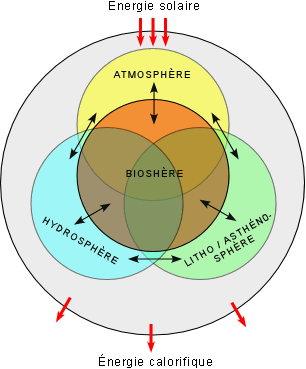
We live at the mercy of countless interstitial cycles and consummate exchanges of reused materials that we borrow for but a brief time.
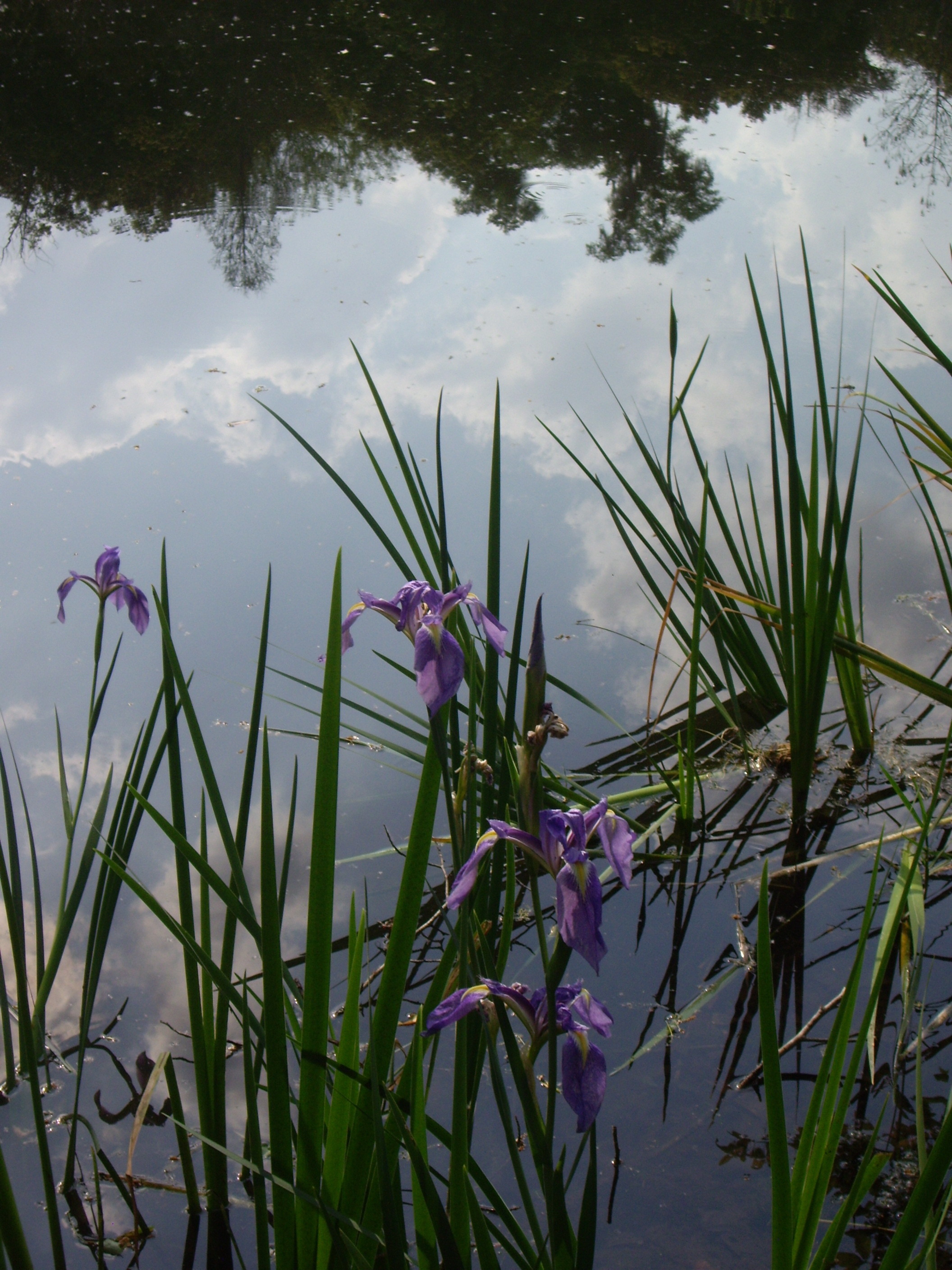
Wetlands are home to a greater number of species than the biological communities that they border, they filter filthy water, store carbon in the roots of the waterlogged vegetation, capture floods, and provide nursery grounds for fish and wildlife. Such ecosystem services are why wetlands are the nexus of life.
In these organic, muck soils of these lacustrine wetlands willows and a variety of bay trees crowd the succession of land out of water from these Sagittaria (arrow root), Saururus, (lizards tail), and Pontederia (pickerel weed) in the decaying remains of numerous tropical marsh plants. At the base of the food chain, this vegetation that decays in swamps, marshes and wetlands form the basis for freshwater clams, crayfish, fish, and ducks with countless beneficial results all the way down stream to the oceans.
